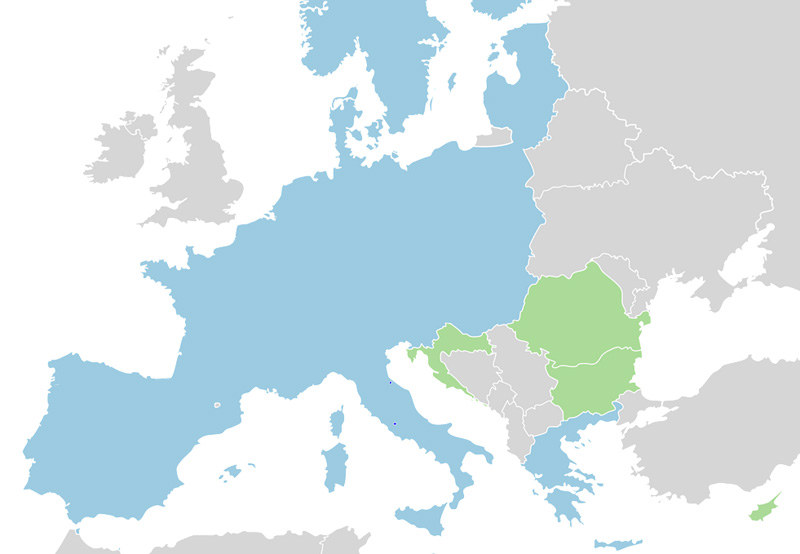
New Constraints on Euro Cruising
Lest anyone think that Mexico’s recent self-destructive ‘auditing’ of foreign-owned boats was a unique governmental brain fart, consider the oppressive situation for foreign mariners wanting to cruise — and spread money — in ‘Schengen Area’ countries.
What countries constitute the Schengen Area? It’s actually quite simple: Twenty-two of the twenty-eight European Union (EU) member states, and all four European Free Trade Association (EFTA) member states. Of the six EU members that do not form part of the Schengen Area, four — Bulgaria, Croatia, Cyprus and Romania — are legally obliged to join the Schengen Area, while the other two — Ireland (reluctantly) and the United Kingdom — are opt-outs. Four non-members of the EU, but members of EFTA — Iceland, Liechtenstein, Norway, and Switzerland — participate, while three European microstates — Monaco, San Marino, and the Vatican — are de facto parts of the Schengen Area. Like we said, it’s simple.
Maybe it would be easier if we listed the countries close to, but not part of, the Schengen Area. These would include the United Kingdom, Morocco, Tunisia, Turkey, Albania, Montenegro, and the cruising paradise of Croatia — although Croatia joins the Schengen Area next year. In other words, if you’re an American who wants to cruise the western Med, you’ve got a Schengen problem.

The idea behind the Schengen Treaty was to allow citizens of all 26 Schengen countries free passage in any and all Schengen countries. Wonderful. The problem is that the same Treaty prohibits nationals of non-Schengen countries from staying in Schegen countries for more than 90 days in any 180-day period. The mariners primarily affected are from the Schengen friendly countries of the United States, Canada, New Zealand, Australia, and South Africa.
While in St. Barth, we met the owners of two very nice Northern California yachts who are very interested in taking their boats to the Med. But given the shocking limitations on their potential visit — "That’s impossible, you must not understand it," said one — it would make cruising in the Med difficult if not out of the question.
The visitation limits for boats aren’t anywhere near as severe. Boats can be kept in the 26 countries for 18 months. With documentation they’ve been taken out of the area for just one day, then can be brought back in for another 18 months.
There are a couple of potential ways to try to work around the problem. The most reliable way is to get a resident permit in advance. But this can be difficult unless you can prove you have a fixed address, which would be hard if you were cruising around on your boat.
Another tactic has been to alternate spending three months in Schengen countries and three months out. But for people who want to enjoy a leisurely summer cruising from, for example, Spain to France to Italy, this tactic would require an unwanted trip across the Med to either Morroco or Tunisia. It’s no big deal crossing from southern Spain to Morocco, but if you had to cross from any of the other parts of Spain, France or Italy, and particularly in the spring or fall, you could be in for a lot of unpleasantness.
What a ridiculous situation. If anybody could explain how making life miserable for visiting affluent non-Schengeners in any way benefits Schengeners, we’d like to hear it. To be fair, the United States isn’t exactly welcoming of foreign boat owners.
Having come to the realiziation that the draconian ‘visa’ restrictions on non-Schengen mariners makes no sense, the European Commission recently put forward a proposal to revise the EU’s visa code for third-country visitors to the Schengen passport-free area. The aim is to shorten and simplify the procedures for those wanting to come to the EU for short stays, with the objective of boosting economic activity and job creation. Approval is not expected before next year, if then. And at this point, it’s unclear what the new terms would be.
